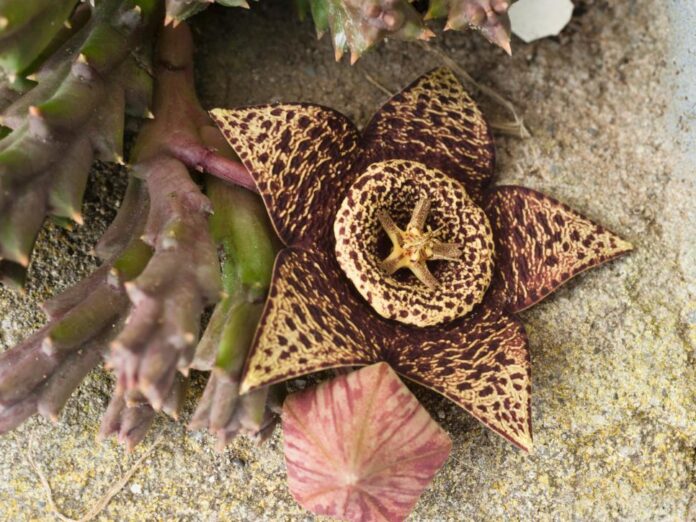Plants are often associated with beauty and vitality, but not all plants are benign. In fact, some plants can be downright deadly. From toxic berries to poisonous roots, the plant kingdom is home to some of the most dangerous substances on earth. Here are some of the most dangerous plants in the world.
- Deadly Nightshade (Atropa belladonna) Deadly nightshade is a highly toxic plant that is native to Europe, North Africa, and Western Asia. Its berries, which resemble cherries, are the most poisonous part of the plant and contain atropine, scopolamine, and hyoscyamine. Ingesting just a few berries can cause hallucinations, confusion, and even death.
- Poison Ivy (Toxicodendron radicans) Poison ivy is a common plant found in North America that produces an oil called urushiol, which is responsible for the plant’s infamous skin rash. Touching the leaves, stems, or roots of the plant can cause an itchy, blistering rash that can last for weeks.
- Water Hemlock (Cicuta maculata) Water hemlock is considered one of the most poisonous plants in North America. Its roots contain cicutoxin, which is a potent neurotoxin that can cause seizures, respiratory failure, and death within just a few hours of ingestion.
- Oleander (Nerium oleander) Oleander is a popular ornamental plant that is native to the Mediterranean region. The plant’s leaves, flowers, and sap contain a toxic compound called oleandrin, which can cause cardiac arrest and death in humans and animals.
- Angel’s Trumpet (Brugmansia) Angel’s trumpet is a tropical plant that produces large, trumpet-shaped flowers that are highly fragrant. The plant contains scopolamine and atropine, which can cause hallucinations, paralysis, and death if ingested in large amounts.
- Foxglove (Digitalis purpurea) Foxglove is a common garden plant that produces large spikes of bell-shaped flowers. The plant’s leaves contain a powerful cardiac glycoside called digoxin, which can cause irregular heartbeat, nausea, vomiting, and death if ingested in large amounts.
- Castor Bean (Ricinus communis) Castor bean is a common ornamental plant that is native to Africa. The plant’s seeds contain ricin, which is a highly toxic protein that can cause severe vomiting, diarrhea, seizures, and death.
- Manchineel (Hippomane mancinella) Manchineel is a tree that is native to the Caribbean and South America. Its fruit, leaves, and sap contain a toxic resin called phorbol, which can cause severe skin irritation, eye damage, and respiratory problems. Ingesting the fruit can be deadly.
- Gympie-Gympie (Dendrocnide moroides) Gympie-gympie is a plant that is native to Australia. Its leaves and stems are covered in tiny stinging hairs that contain a potent neurotoxin. Touching the plant can cause severe pain, swelling, and even paralysis.
- Strychnine Tree (Strychnos nux-vomica) The strychnine tree is native to India and Southeast Asia. Its seeds contain strychnine, which is a potent neurotoxin that can cause muscle spasms, convulsions, and death.
While many plants provide benefits such as food, medicine, and beauty, it is important to be aware of the dangers that some plants can pose. Always be cautiouswhen handling unfamiliar plants and never consume any plant material without first confirming its safety. It is also important to note that the toxicity of a plant can vary depending on the part of the plant, the time of year, and the method of preparation. Therefore, it is essential to do thorough research and consult with experts before using any plant for medicinal or other purposes.
In addition to the plants listed above, there are many other dangerous plants in the world, such as the Aconitum plant (also known as monkshood or wolfsbane), the Yew tree, and the Poison Dart Frog. It is always best to err on the side of caution and approach any unfamiliar plant with respect and care.
While the plant kingdom is filled with many wondrous and beneficial species, it is important to remember that not all plants are safe. The above list of the most dangerous plants is not exhaustive, but it does provide a glimpse into the potential dangers that can be found in the natural world. Always exercise caution and seek professional advice when handling any plant that is not familiar to you.
Views: 56






